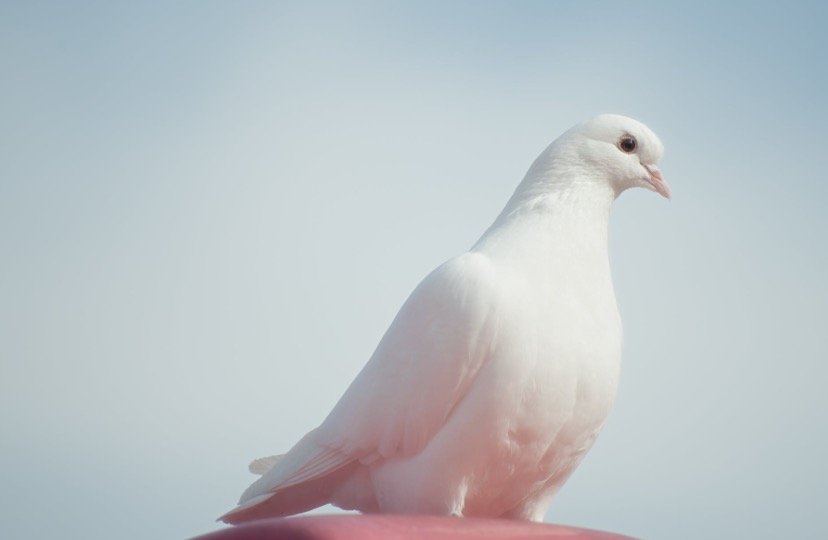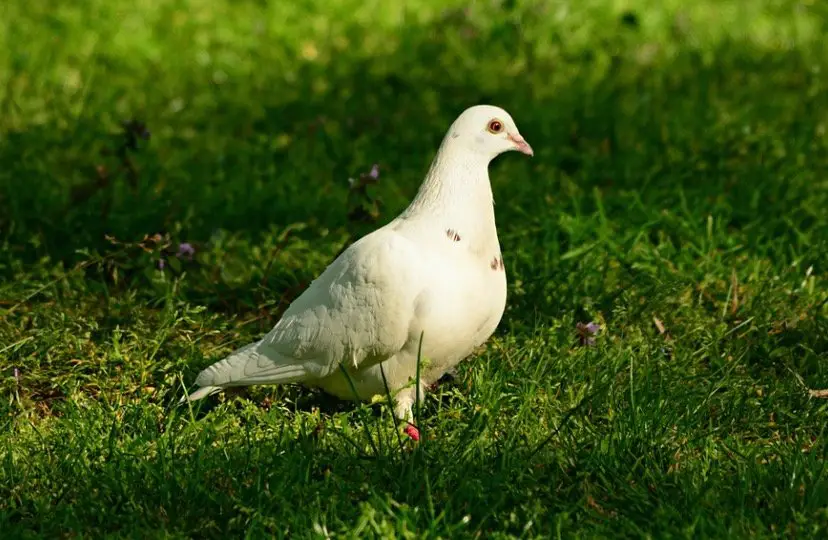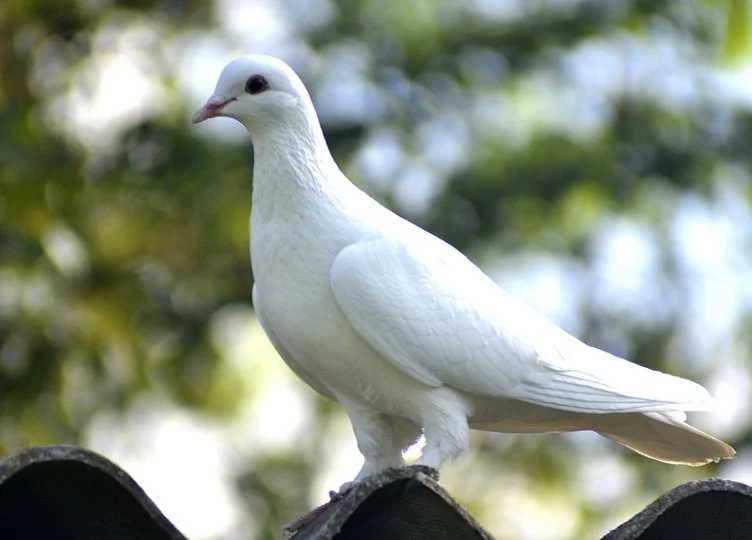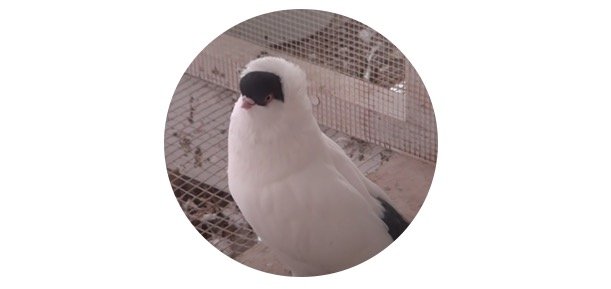Cumulet Pigeon: Description, Pictures, & Fun Facts

Table of Contents
The breed of pigeon popular among fanciers is a cumulet. It is a rare and old breed used for speed and racing competition. The cumulet is also called a Haut-volant cumulet, cumulet hochfliger, or altovolante cumulet. This variety is widely known throughout the world.
Origins of the Cumulet
It is believed that cumulet had evolved from Bulgaria. Yet some ornithologists believe based on sources that the real location could be Germany. However, it had long been used in Belgium as well. Many other English authors also confirmed the continental origin of the Cumulet.
One of the earliest rendezvous with the Cumulet has been preserved by the author Robert Fulton in the Belgian city of Maine. This had been illustrated in his Book of Pigeons as well. But They are now considered to be an English breed.
In the early 1800s, these were very popular in England where they were prized for their sporting prowess. They were good at short-distance races and there are records to prove that the cumulet could stay non-stop in the air for 14 hours.
In the 1870s when they arrived in the UK that was their period of development and in around 1873, a batch of cumulets were sent from Antwerp with some racing pigeons.
These varieties of birds were produced in the 1830s when Antwerp smerles were crossed with red neck pigeons – a high-flying breed from Vienna. Red neck pigeon had been introduced to Austria by the Ottoman Army.

Cumulet is the Walloon (French/Belgian dialect) word for tumbling and the English are called the breed cumulet. The Belgians used to call it Tuimelaar or Dulker. These are also Flemish names for the tumbler.
In France, its name was the Skyclimber. some experts assert the name cumulus is symbolic of the vibrant colour of the birds as well as the soaring heights they can touch while flying. Irrespective of the etymology or language, it’s crystal clear that the name reflects the flight abilities of the cumulet.
Due to this flying ability, the cumulet is popular amongst breeders who wanted to develop sporting pigeons. The cumulet was crossbred for the development of
- Long Flying Tippler in England
- Stralsunder High Flier in Northern Germany
- White Racing Tumbler in Cologne
- Hagenaar in Holland
- Belgian Racing Pigeon
Sadly, in Despite its glorious past, the breed has lost its popularity and is now considered rare. The English Cumulet Club which was established for cumulet had been dissolved by the 1930s. In New Zealand where the breed seems to have some significant popularity has the New Zealand High Flying Club.
Cumulet Pigeon Distribution and Habitat
The distribution of cumulets depends mainly on ownership because it is completely a domesticated breed. It may find in the wild habitat if the bird has escaped from enclosures. The bird is comfortable in enclosures with the special requirement of plenty of room for them to move around and should have access to direct sunlight.

The Appearance of the Cumulet Pigeon
Sadly, this is a rare breed, so there are no clubs or standards for cumulets that give in-depth detail. It is an elegant bird with a sleek and well-proportioned body. The bird has powerful wing lock joints. The horizontal position of the tail is the peculiar character of the bird.
The adult birds have white plumage all over and youngsters have red and yellow colour on the wingtips beard and neck. All these grow out with moulting. Eyes are pearl and opal with a white pupil, ceres are flesh pink and feet are also a pale red.
Cumulet Pigeon Character
The bird is a strong flier. A healthy cumulet can be in the sky for a good time between four to ten hours at a time. They also show good homing abilities. these birds have a higher level of alertness which is more than average as compared to other fancy pigeon breeds.
Diet of Cumulet Pigeon
Being a domesticated pigeon is given a nutritious diet prescribed by the owner. It is given a mix of Grains, Seeds, Grasses, Nuts, Berries, and fresh fruit like bananas and vegetables. Supplement diets with foods that are believed to improve flight performance and stamina.
So, breeders compile up their food mixes based on ideas published by successful racing bird owners. Along with all this they, of course, need a good supply of fresh water for drinking.
Mating And Breeding Cumulet Pigeons
Being a domestic fancy pigeon breed, the mating and breeding of cumulet pigeons are controlled by owners because it is a fancy breed. Breeders select parent birds that are based on having the required traits and characteristics of the breed, such as perfect colouring, great speed, good weight, and height, etc.
Taking Care of Cumulet Pigeons There isn’t any special care is required as compared to other breeds. Besides they need more than usual space to move around. This keeps them in good shape and condition.
Hence it would be better to build their loft. They need a clean, spacious loft with access to lots of healthy food and drinking water. They need access to natural sunlight along with a floor covered properly.
To avoid potentially disease-causing contamination there is a need to do regular cleaning of the loft. If a beautiful bird with superb flying abilities is needed, then find cumulets for sale.









